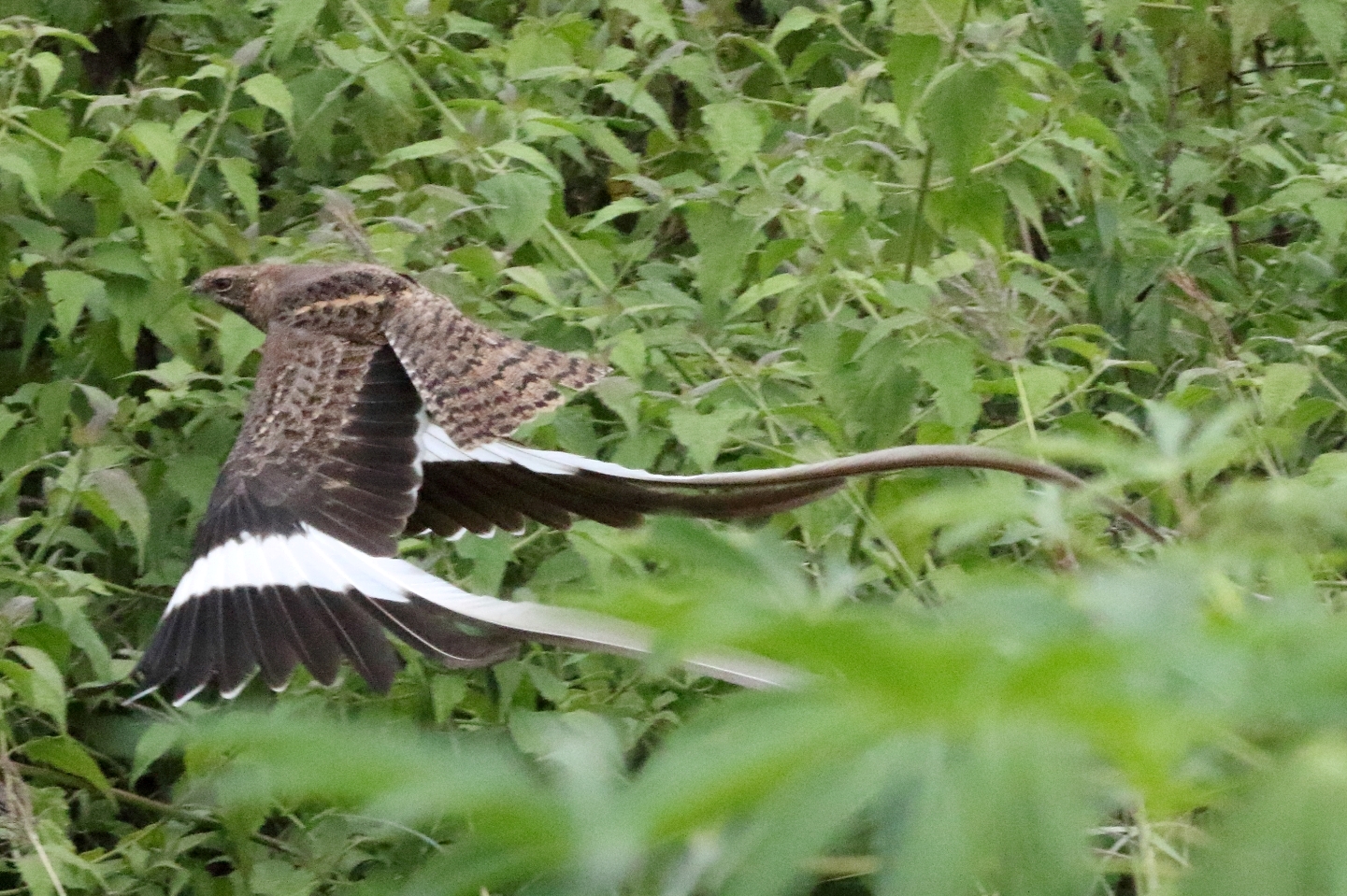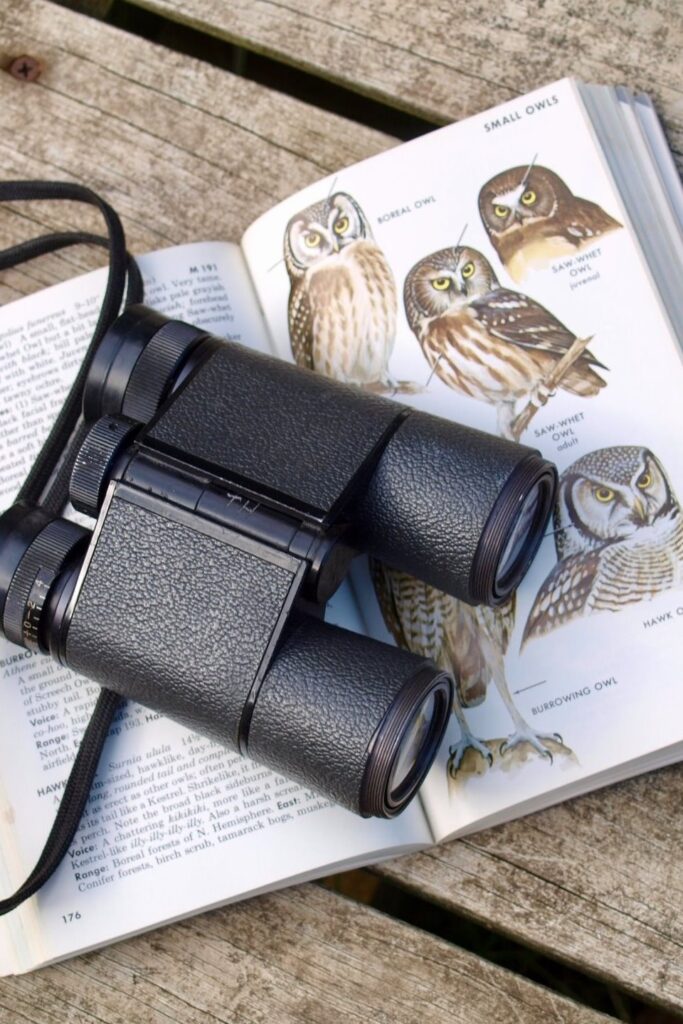
Bird Watching in Teso Busia – Kenya is well known for its natural beauty and wildlife alongside a plethora of avian life. Unfortunately, the avian biodiversity of the Teso, Busia region is poorly known, perhaps the least studied of all regions of Kenya. Exposing comparatively uninteresting geography of the region. The region is not only similar to that of most parts of the country but also lacks iconic features such as national parks, game reserves, mountains and ‘true forests’.
Despite this uninteresting geography, the region is covered by five biomes including Somali-masai, Sudan guinea, Victoria basin, Highland and a Restricted Bird Area where the only endemic birds in Kenya are found. On the other hand, the lack of comprehensive studies on Teso’s birds has been due to low number of tourists visiting this region.
Bird Species With Oluokos?
Nonetheless, the swamps of western Kenya are recognized as Endemic Bird Area due to the presence of the Lake Viciroia Biome-restricted species. Weavers, cisticolas, warblers, sunbirds and gonoleks are confined to Lake Victoria basin. The Teso, Busia region has overlapping vegetation zones that characterizes bird species that are not found anywhere else in Kenya.
The Sudan-guinea biome that cuts through northern half of Kenya from the Northwestern to the slopes and the foot of Mount Elgon has species such as the White Crested Turaco and many others.
Despite the richness of the region in birds, the region has not been a key destination for birders and avian tourism. Whereas the region is poorly studied, even the information known has not been available such as where to watch birds Teso, Busia. The only available records are scattered in various reports that are not in public domain. Therefore, the aim of this article is to collate and compile a comprehensive list of the birding hotspots of the region as a quick search for researchers and would be visitors.
With growing interest in the region’s biodiversity, we hope that the information provided by this article will benefit tourists, researchers, and nature enthusiasts and help to raise more enthusiasm that may enrich bird watching and bird conservation in future.
- Geography & Climate:
This bird checklist covers the Teso, Busia region measuring approximate area of 13,030.6 km² situated in Western Kenya. The area comprises of the two major sub-counties the Teso North and Teso South. The Teso, Busia region is bordered by the Teso of Uganda and the Padhola to the West; Bukusu to the North, Marachi to the East and Samia to the South.
The Teso region consists of a low-lying plain in the southwestern part bordering Uganda that gradually rises north-wards and eastwards towards the eastern escarpment of the Amukura Hills.
Away from the hills, the Teso, Busia region is largely made up of wetlands mainly along the Lwakhaka and Malakisi Rivers and other rivers that empty their waters in the permanent papyrus swamps fringing the Kenya and Uganda border.
The hills and are the heartbeat of Teso as they are the sources numerous springs and streams many of which are seasonal especially in the northeastern part of Teso. Due to its topography, Teso is essentially a flood plain prone to flooding because of discharges from the surrounding hilly areas of Amukura and Chelelemuk. The region on the other hand is drained by numerous seasonal rivers that flow from the hills in the east through the plains and valleys discharging their waters towards the south and west. Most of these rivers flow filled with water from the hills especially after storms “flash floods” but shortly afterward are suitable enough to maintain water supply downstream.
- Geological Features
Most of the rocks underlying the Teso, Busia region are of the Gneiss-Granulite Complex with the exception of volcanic rocks in the areas surrounding the swamps. The soils of the Teso region comprise of mainly Plinthosols and Ferralsols but also include Gleysols, Fluvisols, Arenosols and Vertisols. The Teso region, while largely comprising of Vertisols, has a further other major soil types including Acrisols, Alisols, Arenosols, Calcisols, Cambrisols, Fluvisols, Ferralsols, Gleyisols, Leptosols, Luvisols, Lixisols, Nitisols, Phaezems, Planosols, Plinthosols, Regosols, and Solonets.
The climate of the Teso region is characterised by tropical climate in the Teso region with bimodal rainfall (March-June and September-December) averaging between 1300 – 1850mm of rainfall annually.
- Suitable Birds’ Habitats
The Teso, Busia region is classified into four (4) major vegetation zones the East Sudanian savanna, the Southern Acacia bushlands, the Victoria Basin forest-savanna mosaic & thickets to the South-western and the North broad-leaved woodlands to the North.
Much of the area in the Teso, Busia region comprises of grasslands these have been categorized into seasonally-flooded Acacia- Hyparrhenia grasslands in the valleys sometimes classified as wetlands, while the plains are also covered by Butyrospermum Hyparrhenia savannah and Combretum-Acacia-Hyparrhenia savannah. Woodlands and forests are restricted to the tops of hills forming high altitude forest and along rivers forming riverine forests.
- Rivers & Wetlands
The Teso, Busia region, lacks open water bodies it is for this reason that most of papyrus wetlands are restricted to the Kenya and Uganda border where they fringe the Lwakhaka River flood plians as the river finds its way into Lake Kyoga. Majority of the wetlands in the Teso, Busia region are seasonally flooded grasslands that extend from the papyrus wetlands following streams and rivers that flow in and out of the rivers and streams from the hills.
- Important Biodiversity Areas (IBAs)
The Teso, Busia region hosts 0 of the all Important Biodiversity Areas (IBAs) in Kenya. This has led to poor understanding of bird species outside Kenya (IBAs) and has created a gap between nature and conservation.


For those with some good number of days around, birding the Northern sections of Busia County at the Adumai, Aderema, Kapesur, Katotoi, and the Aderema Hills and birding along the Malaba River valley that also marks the boundary between Kenya and Uganda will be rewarding.
An investigative birding along the rocky sections yields Foxy Cisticola (this small bird was a great fit for the species; and lacked the eye-ring-look portrayed by Siffling Cisticola. This must have been a first record for the species in the locality, and more visits will help uncover more). Others notable species include the newly discovered Kenya’s species, the Bamboo Warbler, a bird that has proved many wildlife photographers wrong! The locally resitriced Speckle-breasted Woodpecker, Pennant-winged Nightjar, Red-shouldered Cuckooshrike, Yellow-fronted Tinkerbird, Piapiac, Red-necked Falcon, African Firefinch, Red-headed Lovebird, Compact Weaver. Olive-bellied Sunbird, Whistling Cisticolas, Black-bellied Firefinch, Black-crowned Waxbills and much more.




“Go Better with Oluokos,” is not just embarking on a birding safari—it is joining a global movement towards responsible birding safari, wildlife conservation, and community empowerment. Our birding guests are able to responsibly experience Africa’s untamed avian beauty while leaving a positive legacy. With us, you know that your birding safari to Africa is helping to protect this fragile planet for future generations.
Let us safeguard our wildlife, protect our ecosystems, and uplift our communities together. Choose Oluokos Signature and become part of a sustainable future through bird watching.





